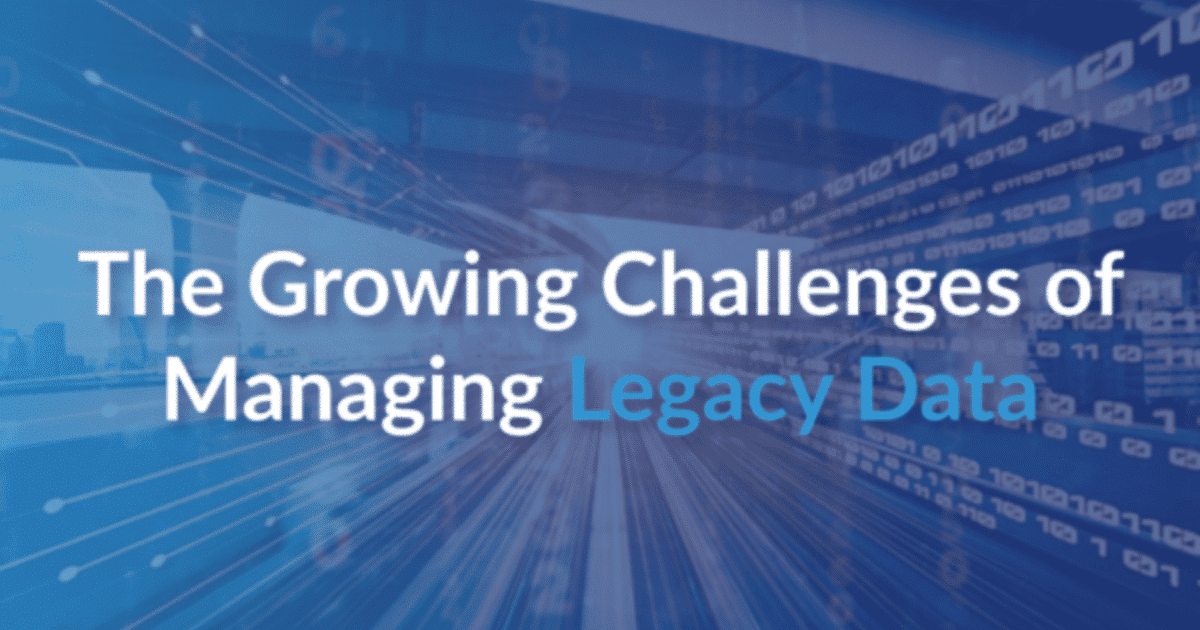Secure, seamless, and smart: Navigating the trends of tomorrow with TDS
Strategic technology adoption is not just a choice, it is a necessity for organizations aiming to thrive amidst rapid change. It is also a time when technology is no longer considered just a tool but a strategic ally in the journey toward sustained growth and innovation.
As we dive into the latest insights from Gartner’s report, ‘Top Strategic Technology Trends 2024’ and predictions from International Data Corporation’s (IDC) study, ‘Worldwide IT Industry 2024 Predictions’, it becomes clear that innovation is not just about staying ahead; it is about building resilience and securing a future of autonomic activities.
5 Technology Trends to Keep an Eye Out for in 2024
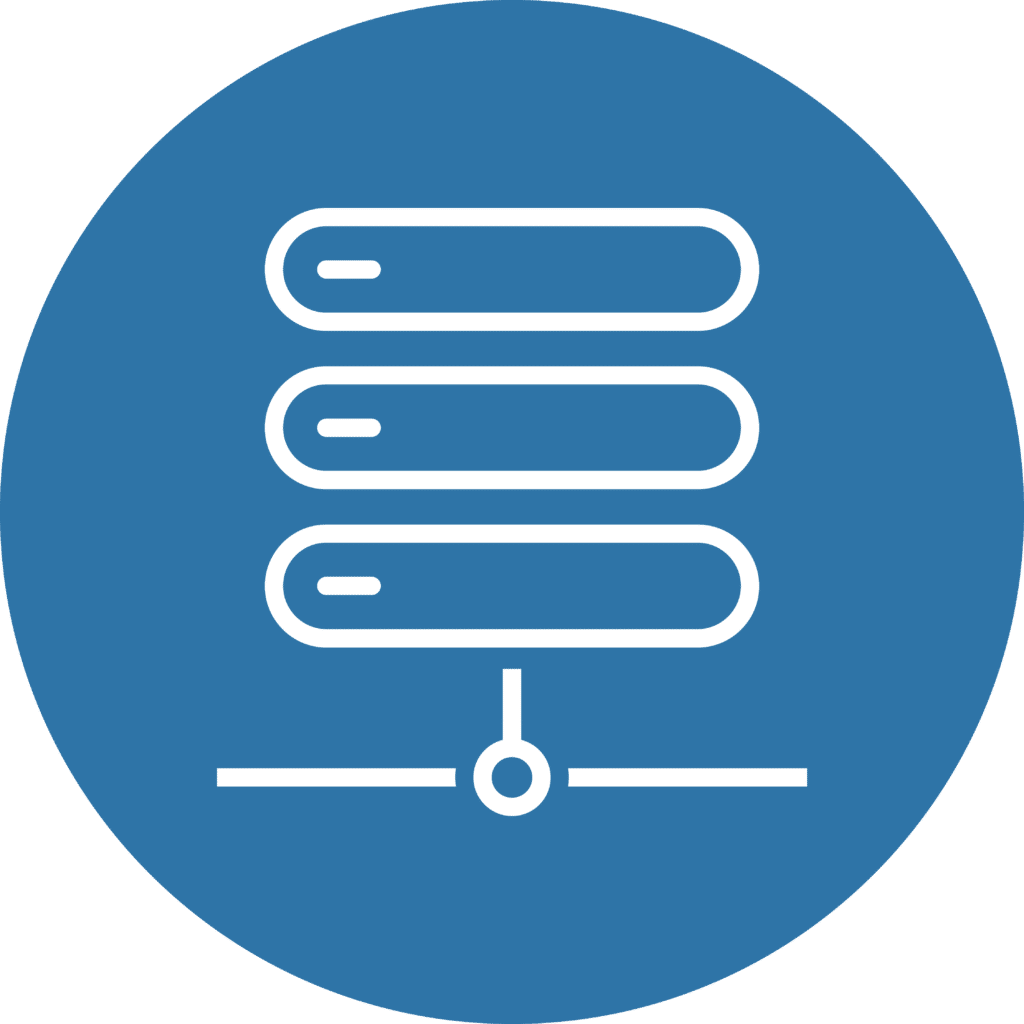
Continuous Threat Exposure Management (CTEM)
CTEM is a proactive cybersecurity strategy, constantly identifying, assessing, and mitigating real time. Unlike traditional methods, it offers ongoing and dynamic insights into an organization’s threat landscape, addressing both patchable and un-patchable exposures.
This technology has gained popularity for aligning strategically with business projects and critical threat vectors. It validates priorities by considering the attacker’s perspective, shifting from tactical responses to evidence-based security optimizations and enhancing cross-team mobilization.
IDC Prediction: By 2027, 85% of the top global organizations (G2000) will rely heavily on cloud providers and connectivity partners for modern practices like zero touch provisioning and zero trust security. This shift aims to improve security and significantly ease the workload on IT staff, reducing their responsibilities by half.
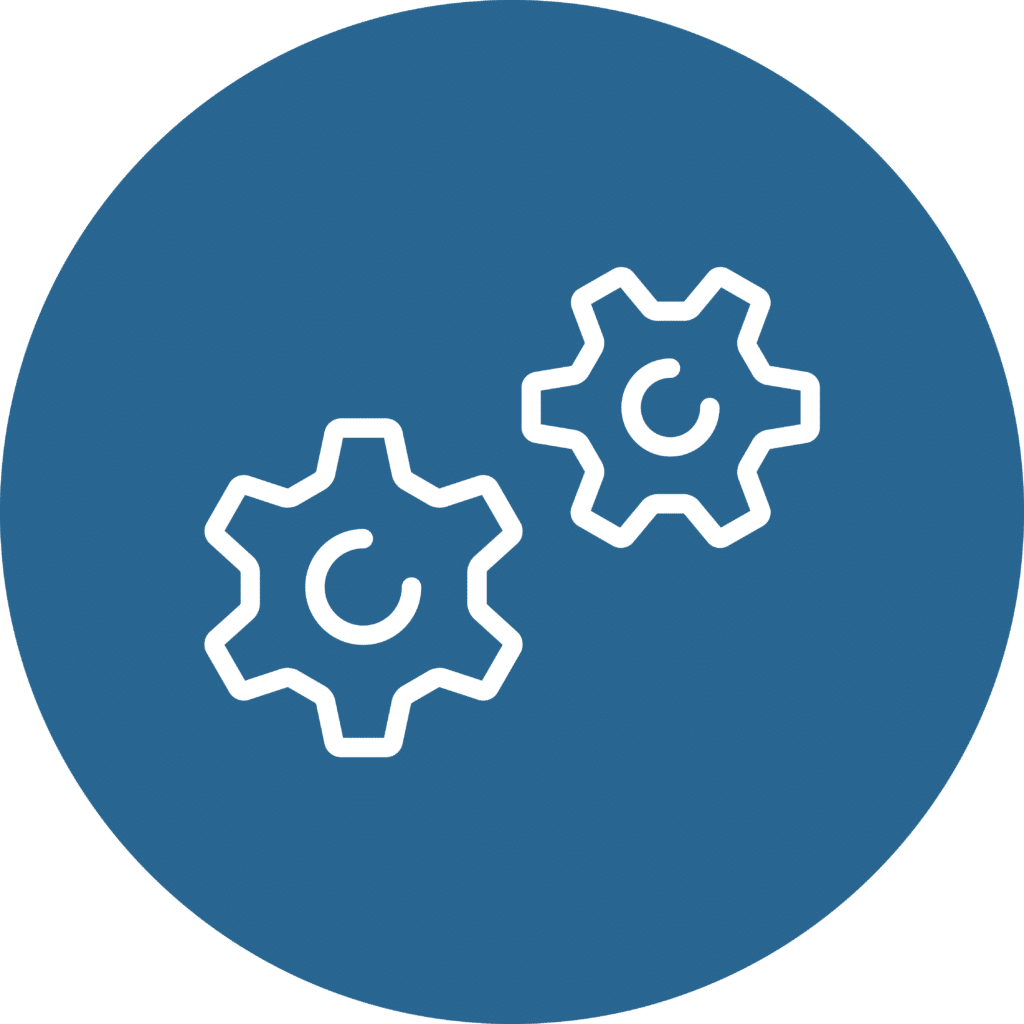
Sustainable Technology
Sustainable technology emerges as a transformative framework focused on responsible and ethical digital solutions. This innovative approach harnesses technology’s power to address environmental sustainability, social responsibility, and governance, thus promoting long- term ecological balance and human rights.
The surge in sustainable tech is driven by its multifaceted impact: Environmental tech mitigates natural risks, social tech enhances human rights, governance tech strengthens business conduct, and sustainable tech provides insights for overall performance improvement. This trend signifies a holistic approach, where technology becomes a catalyst for positive change across environmental, social, and governance domains.
IDC Prediction: 80% of sustainability-related service engagements will include a focus on climate risk by 2027, a 30% increase from now. This is indicative of a growing awareness among businesses about the importance of managing climate impacts and a commitment to robust sustainability practices.
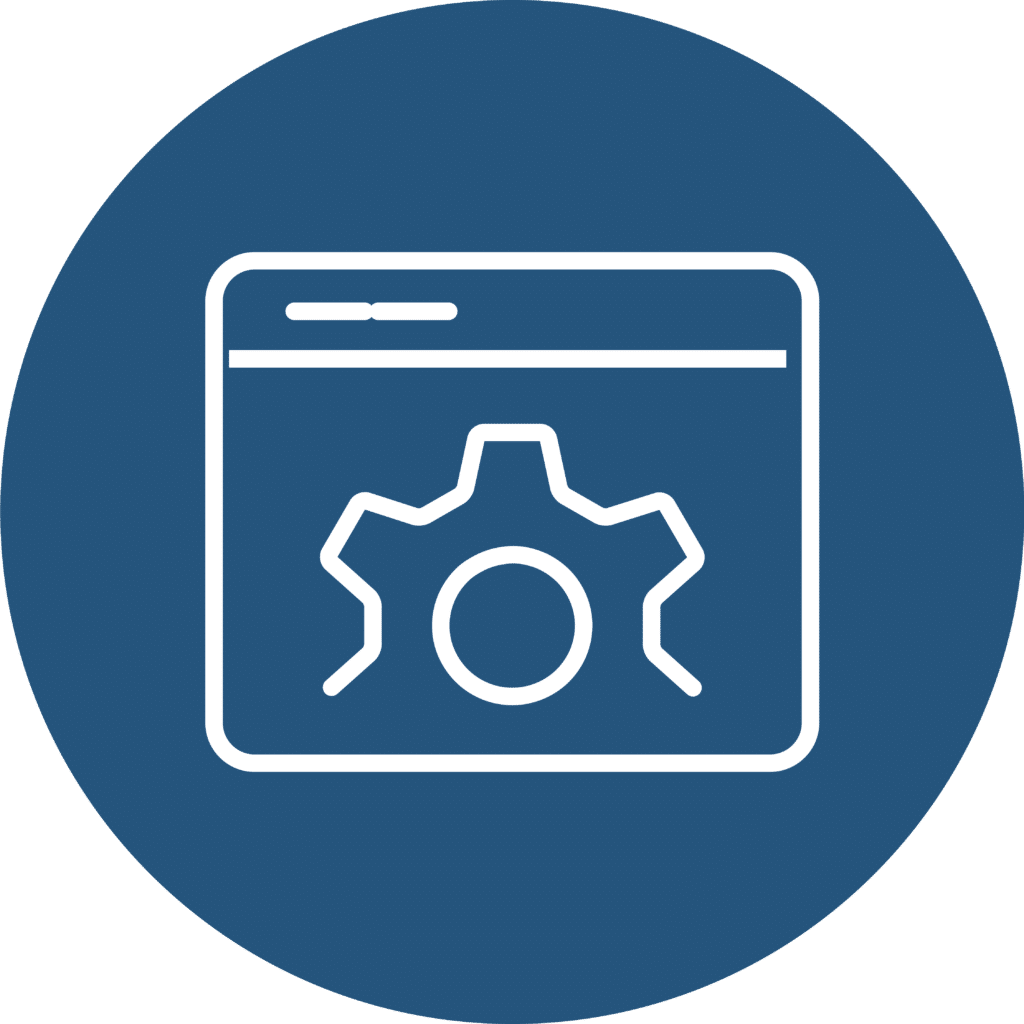
Platform Engineering
This technology is a strategic discipline focused on building and managing self-service internal platforms. These specialized layers, created and maintained by dedicated product teams, cater to diverse user needs by seamlessly interfacing with various tools and processes.
Platform engineering’s rising trend optimizes the developer experience, accelerates business value delivery, reduces cognitive load, and empowers developers to independently manage applications with a focus on reliability and security. All of this contributes to better productivity and enhanced talent retention.
IDC Prediction: By 2027, 70% of organizations are expected to use an adaptable internal app platform, empowering developers to easily find and customize development tools and resources. This approach enhances efficiency and aligns the business’ resources with unique team or project needs.
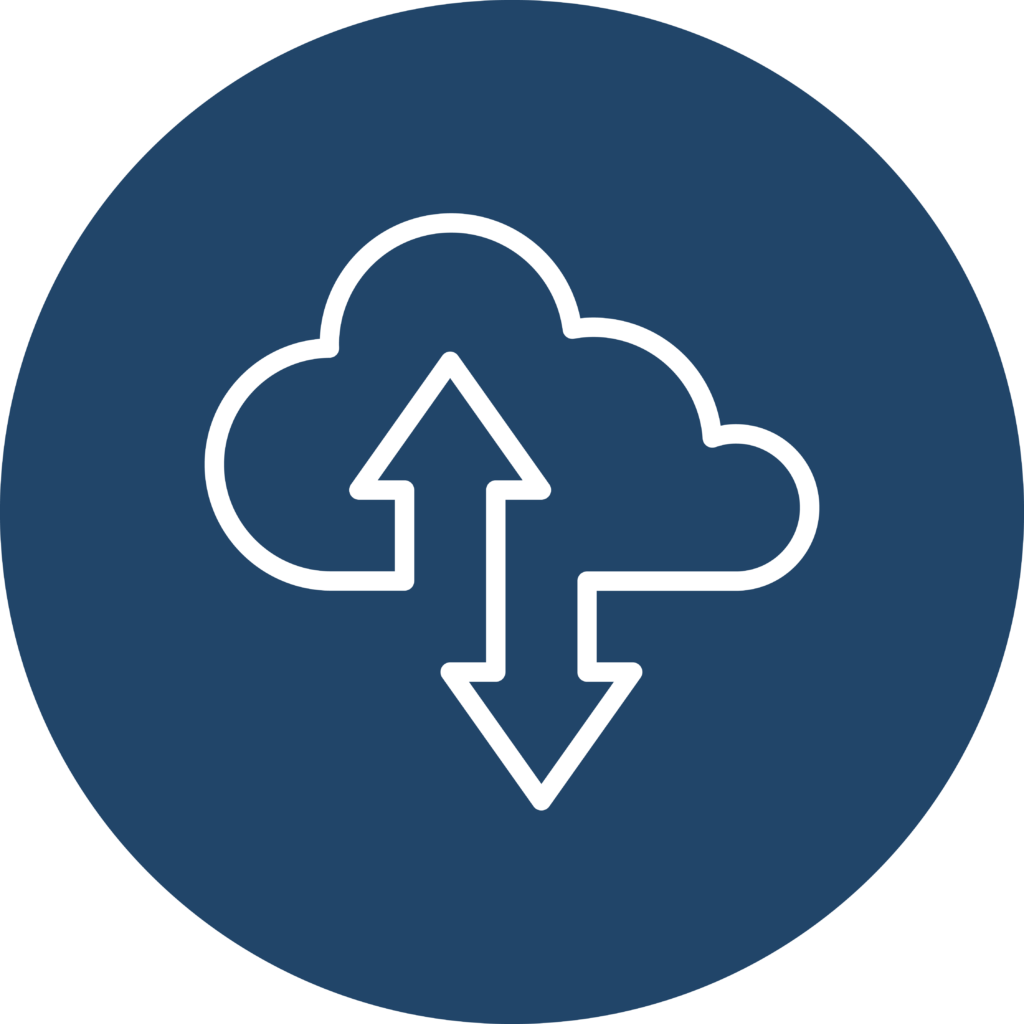
Industry Cloud Platforms
Industry cloud platforms (ICPs) revolutionize industry-specific outcomes by integrating Software-as-a-Service (SaaS), Platform-as-a-Service (PaaS), and Infrastructure-as-a-Service (IaaS) into a comprehensive product offering.
ICPs are gaining popularity for their adaptability and agility, allowing swift responses to industry disruptions. These platforms align with specific vertical priorities, providing mission- critical outcomes. The key feature of these platforms is the incorporation of composable capabilities, allowing businesses to tailor and integrate services according to their unique industry needs.
IDC Prediction: 50% of businesses are expected to shift from public cloud trends by 2025, choosing to use on-premises or service provider-managed High-Performance Computing (HPC) solutions for greater control, customization, and potentially more specialized support in meeting their specific computational requirements.

Machine Customers
As we enter the “Intelligence Revolution,” it is particularly artificial intelligence (AI) and automation that are becoming the driving forces behind transformative business changes. Machine customers, denoting a paradigm shift, involve nonhuman entities like AI systems or autonomous machines actively participating in economic transactions. These entities engage in purchasing goods and services through payments, a result of advancements in automation, machine learning, and the Internet-of-Things (IoT).
This tech marks a historic shift, enabling organizations to create their customers. By 2028, forecasts suggest 15 billion connected products acting as customers, with the potential for billions more in the following years. This trend is poised to significantly impact trillions of dollars in purchases by 2030, surpassing the influence of the digital commerce revolution.
IDC Prediction: By 2025, 40% of organizations are expected to use digital ecosystems for selling, engaging, and providing on-demand services. This involves businesses integrating into interconnected digital platforms, aiming to create new models by harnessing the broad capabilities of AI in diverse areas. These digital ecosystems become dynamic spaces for collaboration, service offerings, and adapting to the evolving AI landscape, thus encouraging innovation and novel business approaches.
How TDS Can Assist You in Keeping Up with the Technological Trends
When it comes to keeping up with how rapidly technology evolves, choosing the right partner like Trusted Data Solutions (TDS) means that you will have an edge above the rest.
For example, where tailored solutions and composable capabilities are crucial, TDS ensures that data governance aligns with industry-specific standards and compliance requirements. This includes implementing secure data management practices, defining data ownership and access controls, as well as ensuring the integrity and quality of data across platforms.
Additionally, TDS’ more than 30 years of expertise in legacy data management positions it as a valuable partner for organizations navigating the technological shifts outlined in the top trends above. As technology and IT leaders adopt newer approaches such as industry cloud platforms, we facilitate seamless and secure integrations with legacy systems.
We also ensure that the transition to new platforms is smooth, preventing data silos and optimizing the use of historical data. Our legacy data management strategy aligns with the evolving needs of organizations, enabling them to leverage the benefits of emerging technologies without compromising the value of legacy data that can still be valuable assets.
Talk to our experts today to embark on your legacy data management journey.

